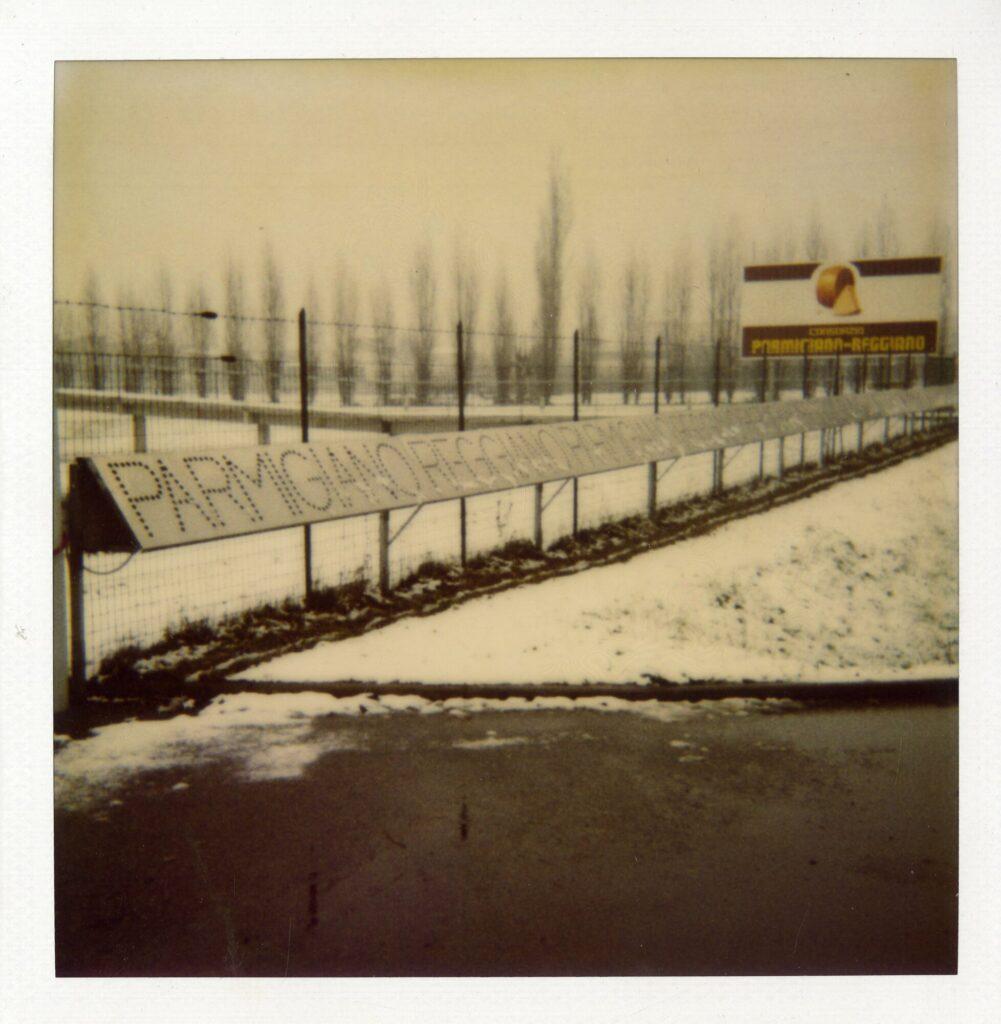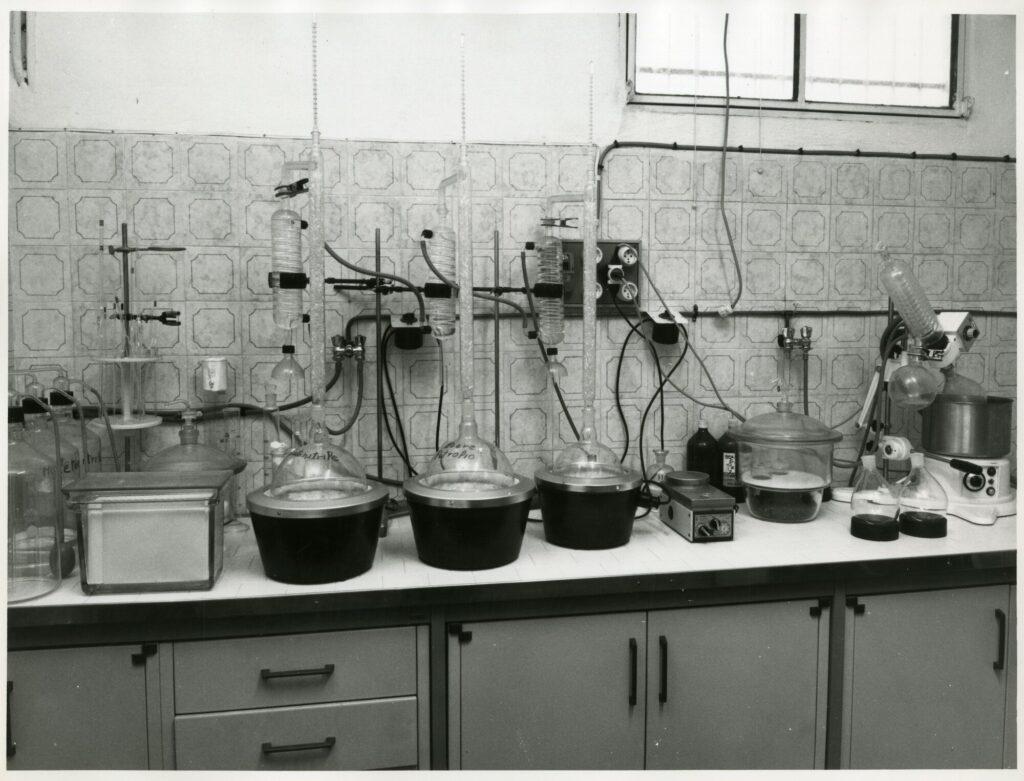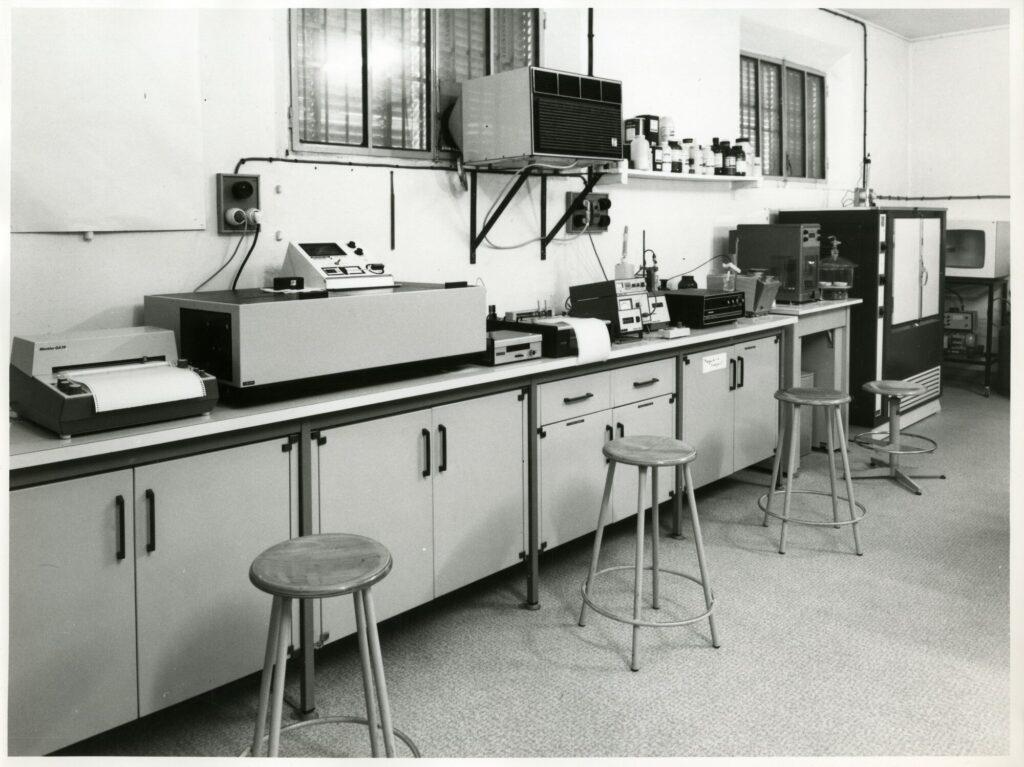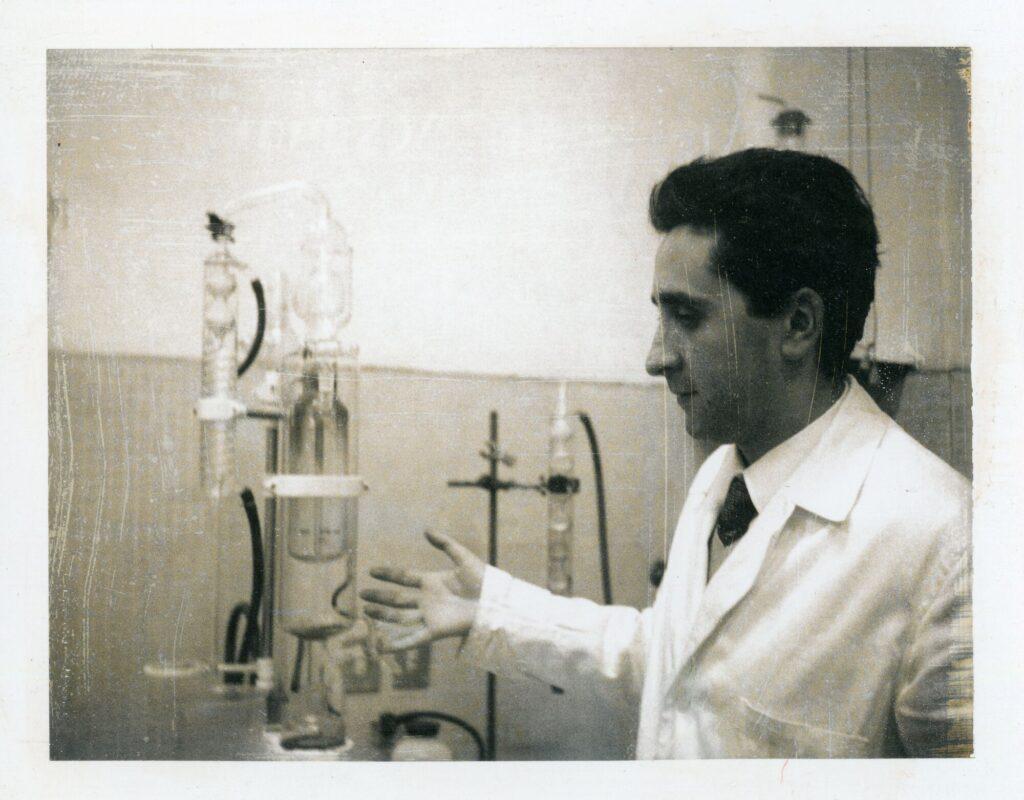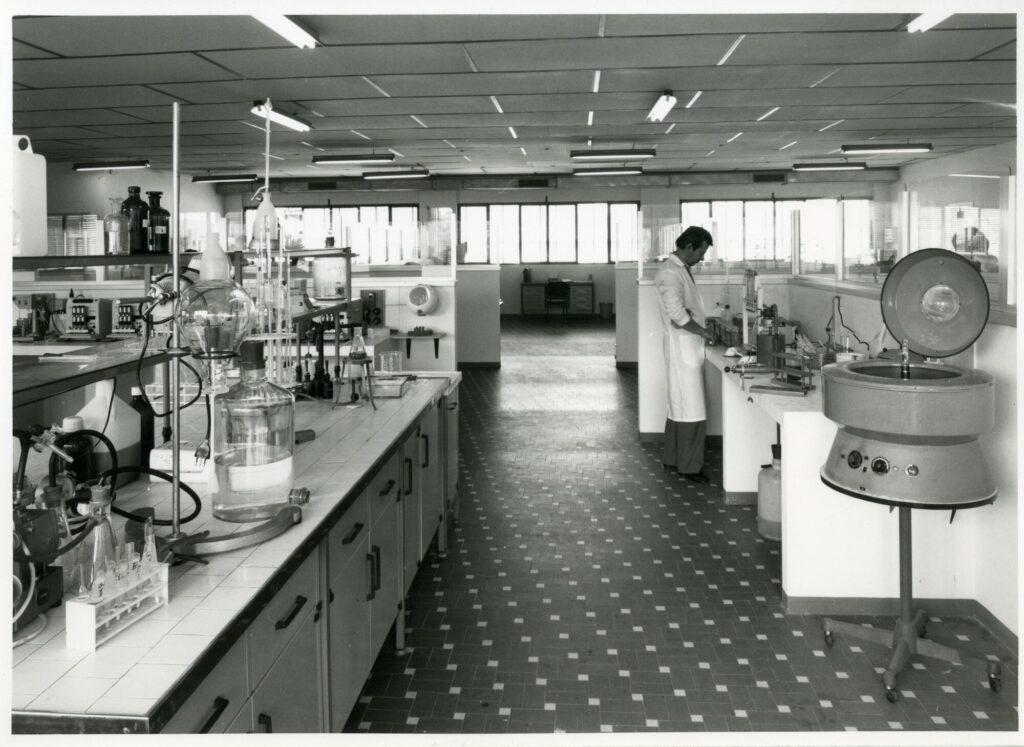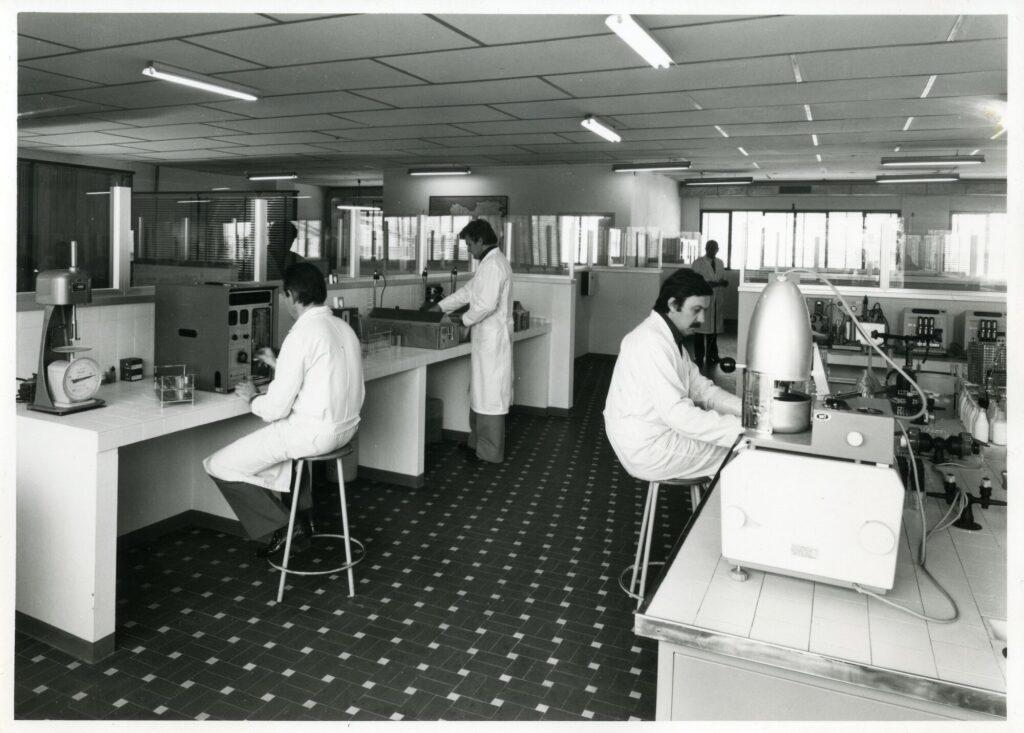The Methods of Kings


“Who built Thebes from the seven gates?” The Brecht working-class reader asked. The sources tell us nothing about those anonymous masons, but the question retains all its weight.
Carlo Ginzburg, in 1976, began The Cheese and the Worms with these words. The book investigated the story of the Friulian miller Domenico Scandella, known as Menocchio, who was put to death by the Inquisition at the end of the 16th century. He wondered why historians had for so long only cared about the exploits of kings, but not about the people who were actually responsible for building all of it.
For the Consortium, the true Kings are the people, tools, places, and resources.
“The Methods of Kings” across the history of Parmigiano Reggiano and its Consortium, is about cheesemakers, breeders, ageing experts, laboratory technicians, sensory analysts, and traders. They are all everyday people who are true professionals. They have intellectual and manual knowledge, and their lives intertwine with this ancient yet new cheese. And their role in making this cheese has always been irreplaceable.
WHAT WE MEAN WHEN WE CALL IT A CONSORTIUM
1 location, 5 provinces, 292 dairies and 2,165 farms.
Since my father was a milk analysis laboratory manager in Parma, I used to go play in the dairy or the laboratory. So I had no concept of any other job outside of Parmigiano Reggiano.
— Mario Zannoni, chemist, writer, professor of sensory analysis at the Università Cattlica, and curator of the Parmigiano Reggiano Museum.
THE MASTER CHEESEMAKERS
The dairy is the center of it all. Where the methods have remained the same, and where instruments have survived the test of time. If we look at some of the utensils, the wood has now become steel, but the method used to break up the curd into granules with the spino is the same as it has always been.
The relationship between people and their tools has changed over time, but the skills have always guided the movements and the choices. The skills know when to identify the perfect time to break the curd or “set fire” during the cooking process. The thermometer tells the temperature of the milk and whey during processing, but the cheesemaker knows when the time is right to shut off the steam and let the granules settle to the bottom of the cauldron.
The work of the cheesemakers is the finish line. When the work that was done in the fields and farms has its time to shine. The cheesemakers have experience and have to build relationships with the milk producers, demanding milk that is up to scratch, sometimes even assertively. Only then, with skill, timing, and selections, will the cheesemakers take responsibility for the success of the cheese. They must complete the work of all those who came before them in the chain.
This requires paying attention to every detail. Handing down from generation to generation the secrets, methods, colours, smells, sounds, and experiences that make each process exact, and cheese worthy of stories and legends.
The cheesemaker then accompanies the cheese through all the stages in the production of Parmigiano Reggiano. Using tactile and visual examinations of the granules, sharpening the senses, and recognising every faintest nuance. Also, the cheesemaker performs the more complex actions by hand, such as curd breaking and cooking.
In “Il Resto del Carlino” of 1961, a headline appeared announcing the Festa del Casaro. This event was planned for the very first time
by the Reggio Emilia Section of the Parmigiano Reggiano Cheese Consortium. Awards were given to cheesemakers who particularly distinguished themselves in the art of local cheese-making and cheesemakers with many years of work behind them, with the institution of the “Meritorious Cheesemakers – Gold Medals”. In 1962, this “competition” and celebration began in the Reggio Emilia Section and extended to the other provincial sections in the following years. It was the Consortium’s way of elevating a tradition that is so important for the area, and shining a light on the human and artisan excellence that makes Parmigiano Reggiano great.
The Parmigiano Reggiano sector is – and must be – a serious thing. Whoever is a part of it must believe in it to the core, and must accept rules that are not dropped down from above, but are the result of experimentation.
— Gabriele Rossi, an employee of the Parmigiano Reggiano Consortium since 1977.
THE BREEDERS
Breeding is one of humanity’s oldest professions, much older than agriculture. The craft is one of attention and respect, linked to the natural cycle of things and seasons.
The quality of cheese starts right here: on the farms. It begins with caring for the land and the animals. It begins with the experience and the selection of the producers, their detailed knowledge, and the fact that they pass it on. From the daily challenges on every hill, plain and mountain. Because as we know, Parmigiano Reggiano was born in the fields and stables, thanks to the producers’ choices regarding cultivating the fodder and caring for the herd.
Having a perspective is crucial. The breeders take into consideration each segment of land, as well as each dairy cow. They create relationships, exchanges, and trust with the animals, the fields, the spaces, and their resources. This is an entire living heritage to be safeguarded and regenerated. That is why the fields are cultivated in a way that respects the fertility and vitality of the soil, and the animals are fed mainly with fodder from the local area, always with the support of testing laboratories and veterinarians.
TECHNICAL OFFICE
The 1970s. The Consortium decided to add something new to the classic, established professional roles: a technical office with research objectives. Its objective was to understand and dig deep into the “Parmigiano Reggiano method”, and evaluate, with a different kind of precision, the innovations that needed to be planned and those already carried out.
It was a winning idea. In a short time, the Technical Office was filled with high-level professionals who began collaborating with universities in applied research. It was a new way of looking at the product and the process. A new way to ask questions, to evaluate and study milk production and processing, to identify, understand and observe problems, and to look to the future. They all lean in and search for solutions. So, how do we make the Parmigiano Reggiano more functional while maintaining an entire world of values?
It is not an isolated structure. It also plays an essential role in coordinating the other laboratories distributed throughout the area, offering all-round assistance. This role supports the cheesemakers in dealing with problems and technical innovations. The technical department professional goes into the stables with the farmers to assess aspects of animal nutrition and gives research-based recommendations for improving feed quality. In essence, it ensures that each laboratory is constantly updated on the latest research.
SENSORY ANALYSIS TASTING GROUP
b is one of the fundamental steps in getting to know Parmigiano Reggiano. It concerns interpreting and measuring olfactory, visual, tactile, auditory, and taste sensations perceived during cheese evaluation. Knowledge and high sensitivity enable reliable data to be obtained alongside laboratory analyses.
Since 1989, there has been a tasting group for sensory analysis in charge of scientific cheese tasting. It provides a qualitative and objective product assessment, identifying its main sensory characteristics. In this way, a series of important information is gathered and an expertise is formed that is able to grasp the most precious nuances of a product like cheese: the flavour, aromas, and combinations that only a group of experts can fully perceive. It gives new space and direction to research, and creating an awareness that differentiates originals from imitations.
THE BATTITORE (BEATER)
After twelve months of ageing, it is time for the battitore (cheese beater).
The battitore’s task is to beat each wheel with a hammer in order to listen to the cheese wheel after each beat. The role has an enormous amount of responsibility. This is the point when judgement is made regarding that cheese. A positive outcome will initiate the branding.
Proper branding should not be too strict nor too tolerant. It is necessary to push the dairies to give their best. If the branded product is not up to scratch, we only end up doing damage and de-qualifying excellence
— Andrea Bonati, President of the Consortium from 2000 to 2006
So, what does it mean to be a battitore? It means having the technical ability to identify both external and internal defects, and therefore to interpret the sound and connect it to the internal structure of each individual wheel. In doing so, the battitore actually evaluates the work of the cheesemakers, the assistants, and the milk producers. They judge and evaluate months of hard work by organisations that often support local economies. The battitore represents, first and foremost, a network of relationships and values. This is where the Consortium meets the dairy, represented by the producers and by the Master Cheesemaker. It requires extreme empathy for people and their work and a great amount of respect for the hosts.
When you go to a dairy, for the first two hours, you must not talk because that cheesemaker might be worried and not have even slept at all the night before. It’s like an exam at school. You need to be firm but also have respect for the people in front of you.
— Gianni Morini, battitore for the Parmigiano Reggiano Consortium.
WORLDWIDE POINTS OF SALE AND RETAILERS
Here we are at the last leg of the Parmigiano Reggiano journey. Just before it is served on the table, it travels to the shopkeepers, whether they are small family-run shops or managers in large retail departments.
With them, the Consortium establishes an often one-to-one relationship of trust. There is a back-and-forth dialogue with them, which is fundamental for monitoring product quality and distribution. But above all, it needs to happen to maintain that cycle of values that started back in antiquity, knowing that cheese is a good that binds people together. Working on Parmigiano Reggiano is not just a craft; it is tethered to a philosophy and profound values. Therefore, building a relationship with the shops is crucial to create a climate that welcomes curiosity, doubts and questions. Those questions, curiosity and the desire to explore are the starting points of the entire production cycle.
Le gesta dei Re





